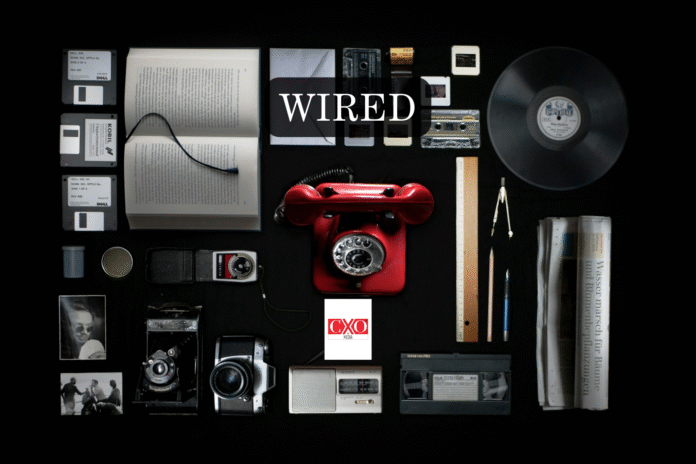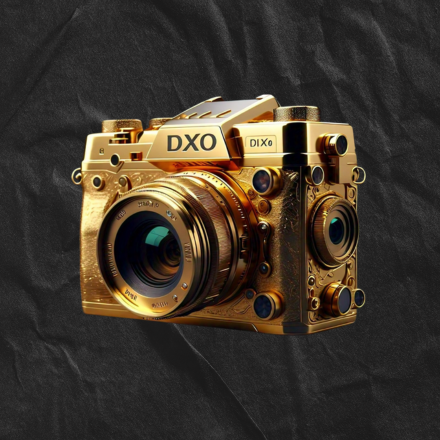Meeraal Khan
Description: The first mobile operator in Pakistan to implement the Biometric Verification System (BVS) at its customer service centre.
Biometrics is a technology which helps in measuring and analyzing biological data. It is used to uniquely identify individuals by their physical characteristics. A biometrics system goes through three basic steps, acquiring data, encryption and analysis of data.
SIM verification mechanisms were first introduced in 2008; the Pakistan Telecommunication Authority (PTA) had introduced a SIM ownership verification system 667, where the customer was required to provide the original CNIC and a thumb print to get a SIM. In 2009, verification system 668 was launched, a process to verify how many SIMs are registered against one CNIC. The subscriber can block a SIM which is not in their personal use. The same year 789 system was introduced in which a customer has to make a call and answer a few questions, for instance mother’s maiden name and the place of birth recorded by the National Database and Registration Authority (NADRA) at the time of issuance of CNIC.
According to PTA, both 668 and 789 would remain in place after the installation of the biometric verification system. (Dawn News)
To address the threat posed by unregistered sim cards, which, according to security agencies are used in crimes and terrorist activities is tackled by the biometric system, an initiative much needed.
Zong’s Chief Public Relations Officer, Sikandar Naqi informed the media about the installation of 30,000 biometric devices across Pakistan. In terms of equipment expenses the cost would be of $5 million, while there would be recurring cost as well, he mentioned.
“This is the beginning of a system whereby the relationship between a SIM card and its owner would be clear,” PTA Chairman Syed Ismail Shah said at the launch ceremony. This would ensure that the buyer of a new SIM and the person against whose name it is issued are the same, he said.
He further added that the new system might not completely put an end to, day to day crime, but it would certainly reduce it by restricting the use of unauthorized SIMs.
The system can verify the number of SIMs registered against a CNIC number, complying with the regulation that limits it to a maximum five SIMs against one identity card.
Under the system, customers would be required to visit the mobile operator’s customer support centre or franchise where the device is deployed and provide his finger prints. This biometric information would be verified from NADRA’s database – a process that will take about 15 seconds. If the information matches the customer’s CNIC data at NADRA, the SIM will be activated. This system is much faster, reliable and a safer method for the long run.
On asking about any possible loopholes, Naqi said, “We have developed an SOP for the biometric verification system and tried to make it as fool proof as possible.” (The Express Tribune)
A smart move made by Zong, having the cutting edge over its competitors, who are to follow





